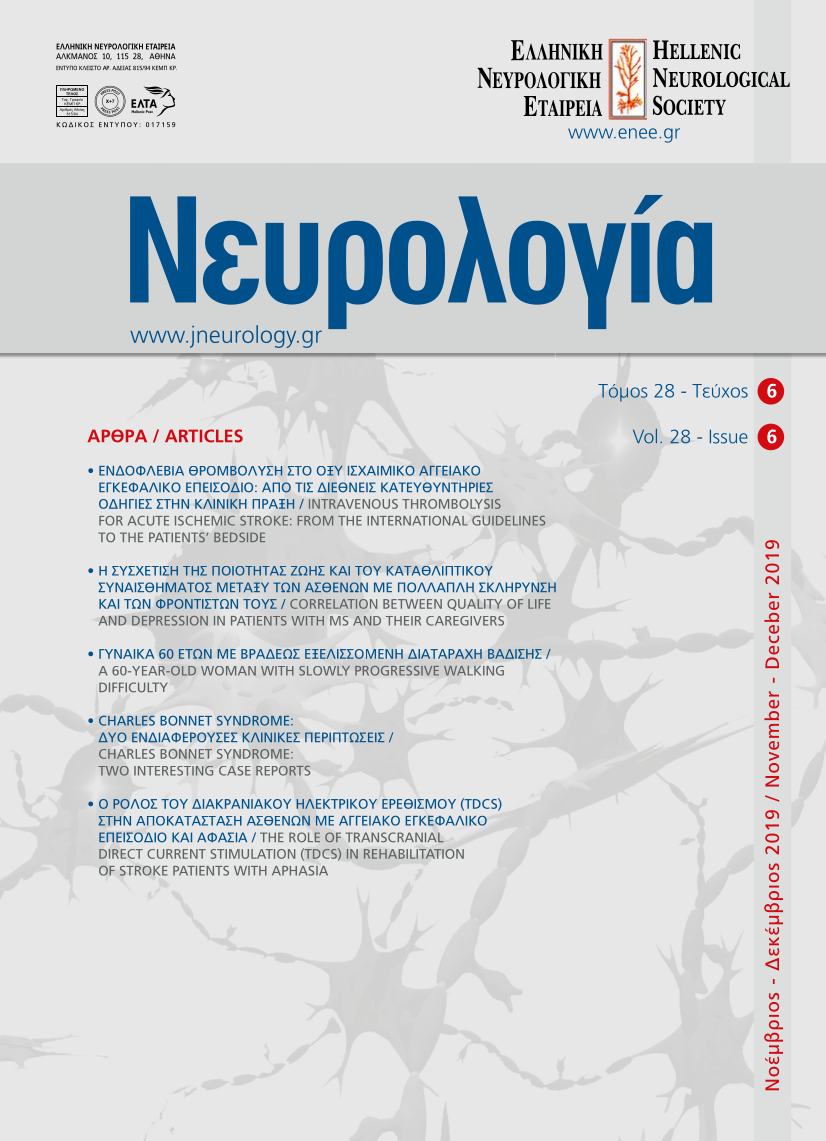Phenomenology and genetic classification of primary dystonia – New data
Keywords:
primary dystonia, dystonia-plus, classification, genetics, phenomenologyAbstract
Dystonia is defined as a syndrome of sustained muscular contractions frequently causing twisting and
repetitive movements or abnormal posturing. The classification of dystonia is based on three axes: 1) age
at onset of symptoms, 2) distribution, and 3) etiology. The etiological classification distinguishes primary,
secondary and heredodegenerative dystonias. Primary dystonias are characterized by dystonia as the only
or the prevalent clinical feature with no identifiable exogenous cause or evidence of neurodegeneration.
Primary dystonias have a strong genetic component, which is more obvious in the monogenic forms of
dystonia. The advances in genetics and the continual unraveling of new genetic loci and genes have led to
the labeling of many of the monogenic forms of dystonia using the “DYT” classification. In this regard, this
provided substantial insights into the nature of primary dystonias. This review will describe primary pure
dystonias and primary dystonia-plus syndromes focusing on the phenomenology and the genetic features
with emphasis on recent advances in genetics and the widening phenotype of these disorders.


